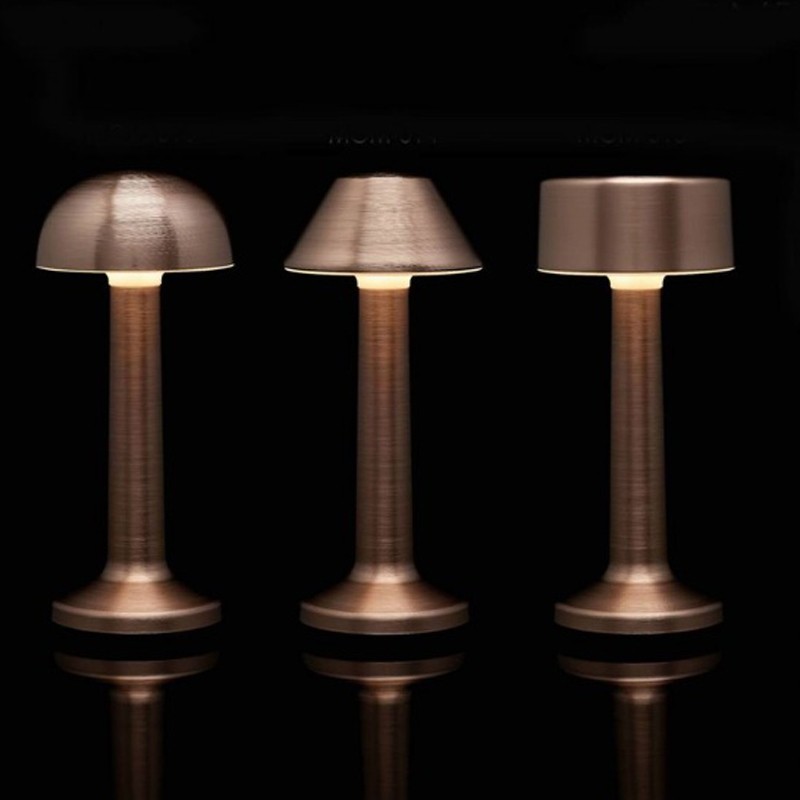
Double clicking the field allows you to rename the layer. The selected layer is displayed in light blue. Previews the drawing on the layer with an icon.Ĭlicking the layer icon while holding Ctrl allows you to create a selection from the drawing on the clicked layer.ĭisplays layer information such as opacity, blending mode and name.Ĭlicking the field selects the layer, becoming the layer being edited (target of edit).


The dialog box allows you to create the layer by specifying name, expression color, blending mode, and so on.Ĭreates a new layer above the currently selected layer. ♼licking while holding down Alt opens the dialog box. ♼licking creates a raster layer whose expression color is. This is convenient to show distant layers separately when there are many layers.Ĭreates a new raster layer above the currently selected layer.

You can seperately scroll the divided layers. You can change the dividing position by dragging a clip displayed under the list of layers. For details on the dialog box, see " Advanced settings of color Dialog Box ".ĭivides the layer palette view in two.For layers in which the is set to, the color is replaced by grayscale before applying the layer color.The layer color can also be configured in on the palette.Here you can set a layer color (substitute for black) and a sub color (substitute for white). Layer color is a function for changing the color of the drawing on the layer arbitrarily.Ĭlick the drop-down icon and select and to show the dialog box.

Turn this on to move the ruler and guide lines together when moving a ruler layer.Īpplies the layer color to the layer selected on the palette. The snap range is limited to the currently configured layer. When there is no layer folder, this becomes the same as. Set the range of layers for which to enable snap to ruler and the method for moving the guide lines.Īll layers, layers, layers, layers and layers are configured as snap range.Īll layers, layers, layers, layers and layers within the same layer folder are configured as snap range. While the mouse is over an image thumbnail or images are selected, there are a number of actions you can perform with keyboard shortcuts:į1, F2, F3, F4, F5 adds or removes a color label (red, yellow, green, blue, purple, respectively).You can also show/hide the masked area by clicking the layer mask icon while holding down Alt. The centre view contains thumbnails of your images – how they are displayed depends on which mode you are working in. The lighttable view allows you to view and manage your image collection.


 0 kommentar(er)
0 kommentar(er)
